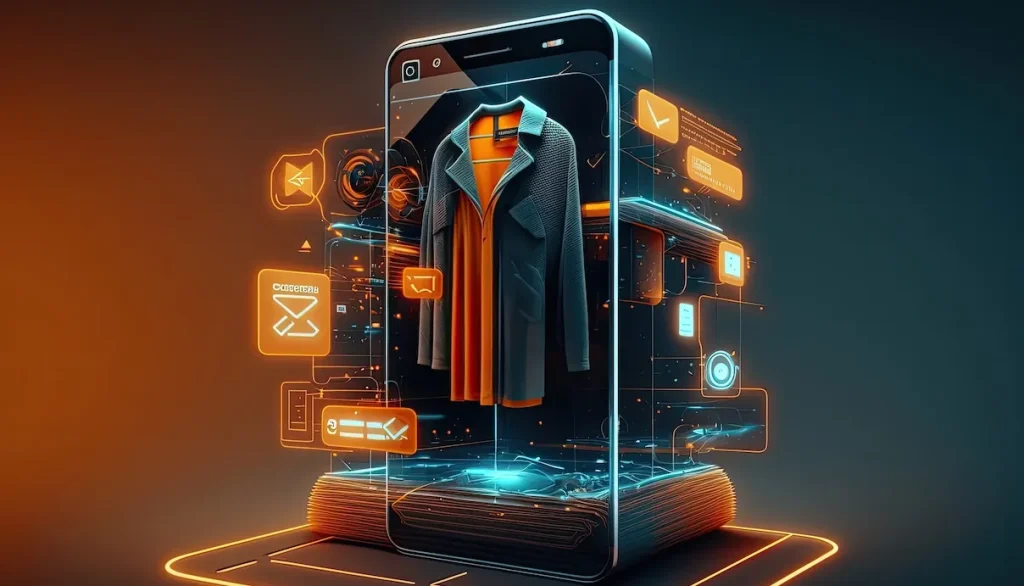Retail has always been a mirror of technological progress. From the street markets of ancient Rome and Chang’an to the marble-clad department stores of the 19th century and the sprawling online empires of today, every major innovation has reshaped how we buy, sell, and interact with goods. Now, with the rise of artificial intelligence, the stage is set for yet another revolution—a trillion-dollar opportunity for those bold enough to seize it.
For centuries, retail remained largely unchanged: open-air markets, seasonal fairs, and shopkeepers selling essentials. Then came the Industrial Revolution, and suddenly goods were mass-produced, trains connected cities, and department stores emerged as cathedrals of commerce. Soon after, cash registers, automobiles, and telephony paved the way for chain stores, malls, and mail-order giants like Sears. Fast forward a century and the internet spawned Amazon, while smartphones created the on-demand economy of DoorDash, Instacart, and Shein. Each leap in technology didn’t just refine retail—it reinvented it.
So what comes next? AI has already begun reshaping industries, but retail is where it could create its most visible and profitable disruption. Here are five ways this could play out:
1. Consultative Purchasing
Unlike Amazon or Walmart, where customers typically know exactly what they want, many industries thrive on problem-solving rather than product-picking. Think Home Depot: shoppers don’t walk in looking for a “wax ring,” they come in saying, “my toilet is leaking.” AI can act as a 24/7 expert consultant, guiding customers from problem to solution in a way that feels personal, interactive, and precise. This same consultative model could spill over into nutrition, travel, fashion, and health. An AI-first retailer that specializes in solving problems rather than just listing products could disrupt entire sectors.

2. AI-Powered Transactions Through MCP Servers
As more consumers use AI chat platforms like ChatGPT, Gemini, or Claude to research purchases, there’s a growing opportunity for transactions to occur directly inside these platforms. Model Context Protocol (MCP) servers act like the “apps” of this new ecosystem, connecting AI assistants directly to retailers’ backends. Imagine completing a complex purchase—like booking travel or ordering customized supplements—entirely through a chat, never once visiting a website. Whoever dominates MCP-based retail integration could rival Amazon’s grip on e-commerce.
3. Predictive Shipping
Amazon has flirted with the idea of “anticipatory shipping,” but AI takes this to the next level. By analyzing purchase history, household trends, and even sensor data, AI could pre-position items at local depots—or even ship them directly to homes—before customers click “buy.” If you don’t want the item, it goes back the next day. Staples like paper towels or pet food could arrive automatically, creating a world where customers rarely “shop” at all. Instead, products flow into homes based on predictive algorithms.
4. The Roaming Store
With autonomous vehicles edging closer to mainstream, the retail industry could revisit an old idea: the ice cream truck. Imagine fleets of AI-guided, product-packed vehicles roaming neighborhoods, offering instant, hyper-local retail access. Whether it’s late-night snacks, emergency hardware, or seasonal products, the roaming store could turn streets into dynamic marketplaces. Combined with predictive shipping, this model might eliminate the need for large physical stores altogether.

5. Computer Vision and In-Home Sensors
The ultimate evolution is a retail model where you never shop again—because your home shops for you. Cheap sensors and AI-powered cameras could track pantry supplies, refrigerator contents, and even calendars. Hosting a dinner party? The system automatically orders missing ingredients. Low on toothpaste? It shows up tomorrow. The shift here is from active shopping to passive fulfillment, where the customer simply consumes and the AI ensures the flow of goods never runs dry.
The pattern is clear: every technological leap creates an entirely new retail infrastructure. Just as Amazon rode the internet wave to become a $2 trillion behemoth, the next Amazon will ride AI’s wave into a future where retail isn’t about stores, websites, or apps—it’s about problems solved, goods predicted, and convenience so seamless it feels invisible.
For entrepreneurs, operators, technologists, and investors, the message is simple: history rewards those who see retail as an ecosystem defined by technology. The AI-native retail giant is out there waiting to be built, and the prize could easily top a trillion dollars. The only question is: who’s bold enough to build it?
Related Stories:


